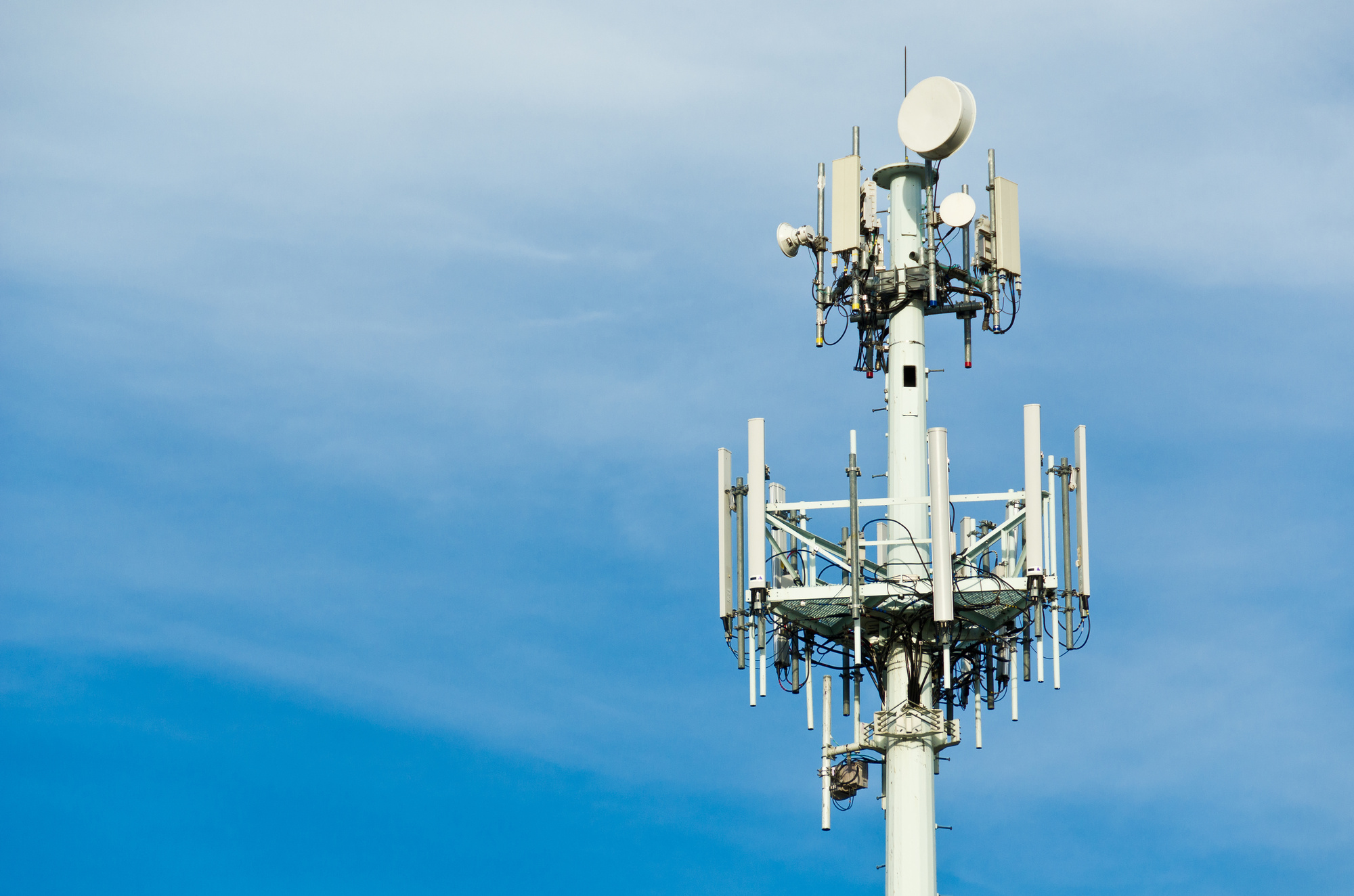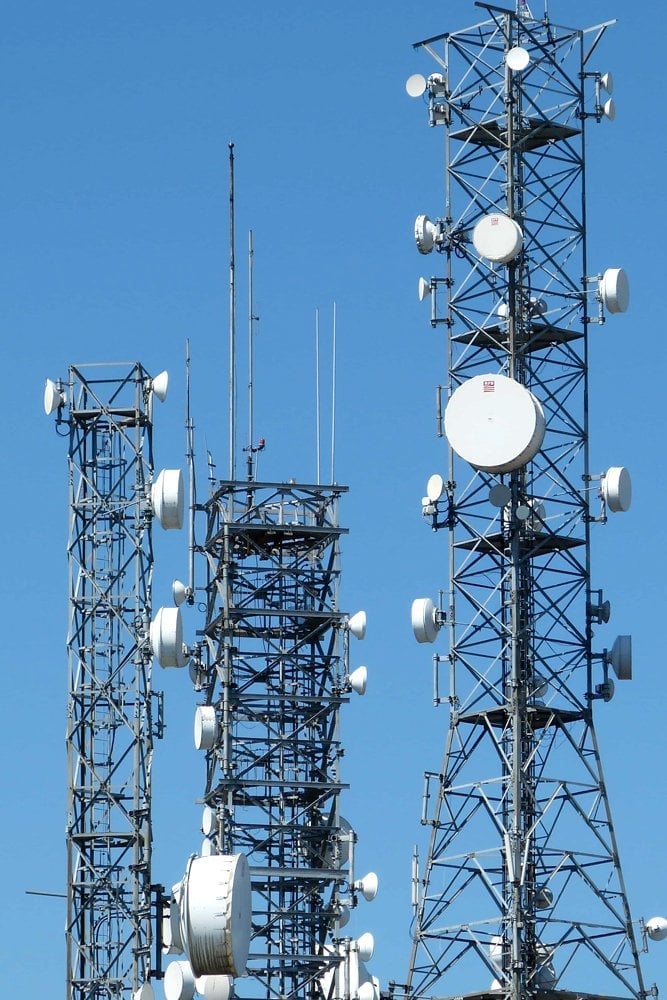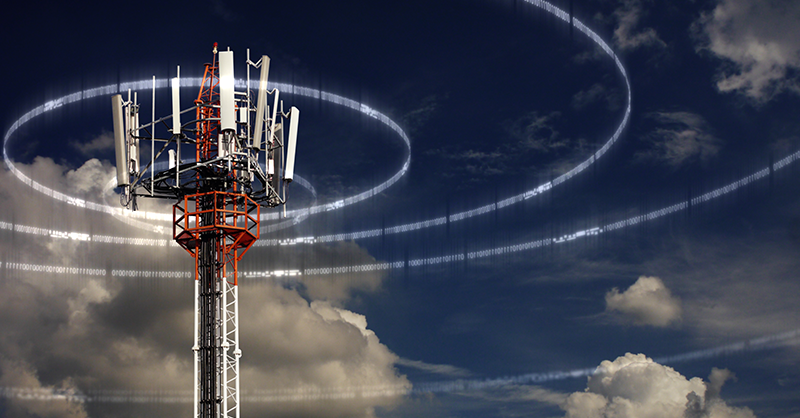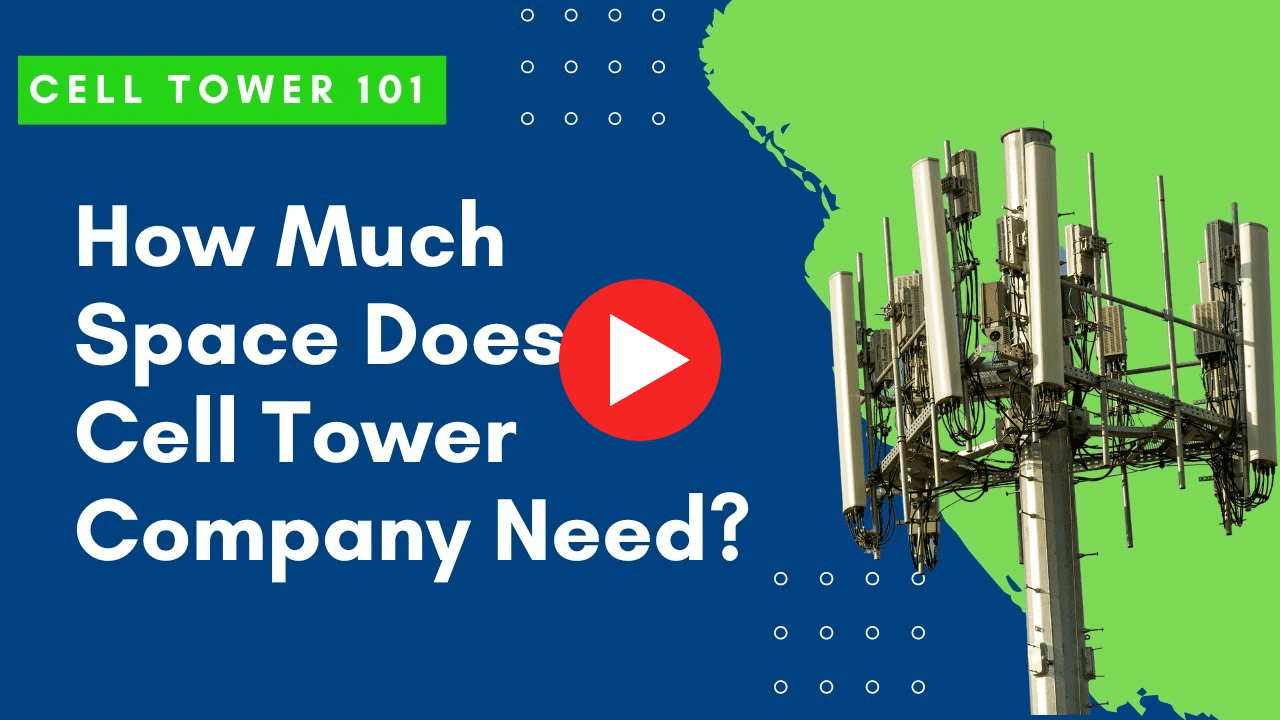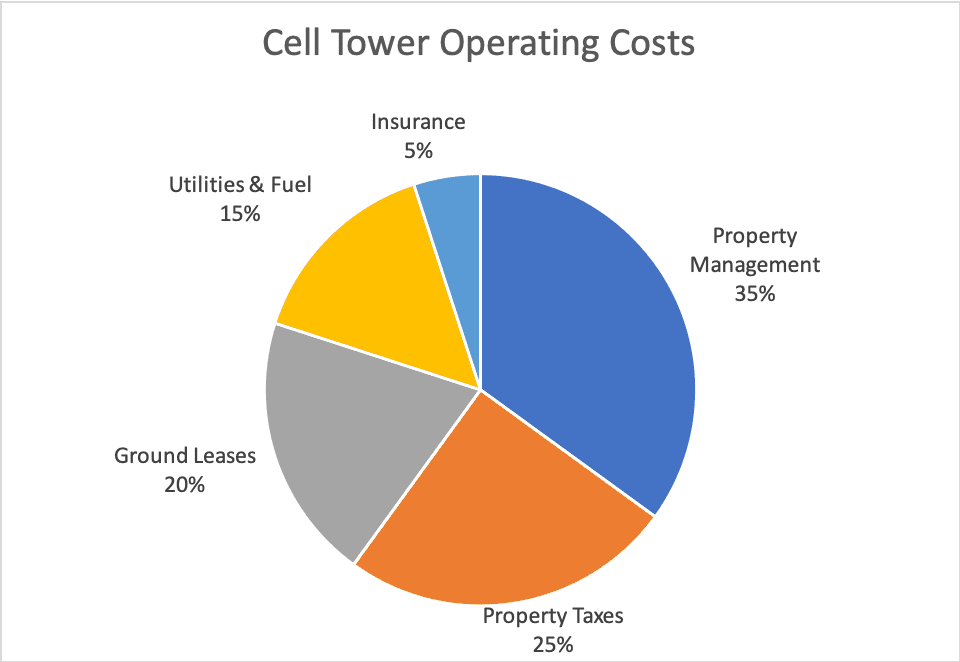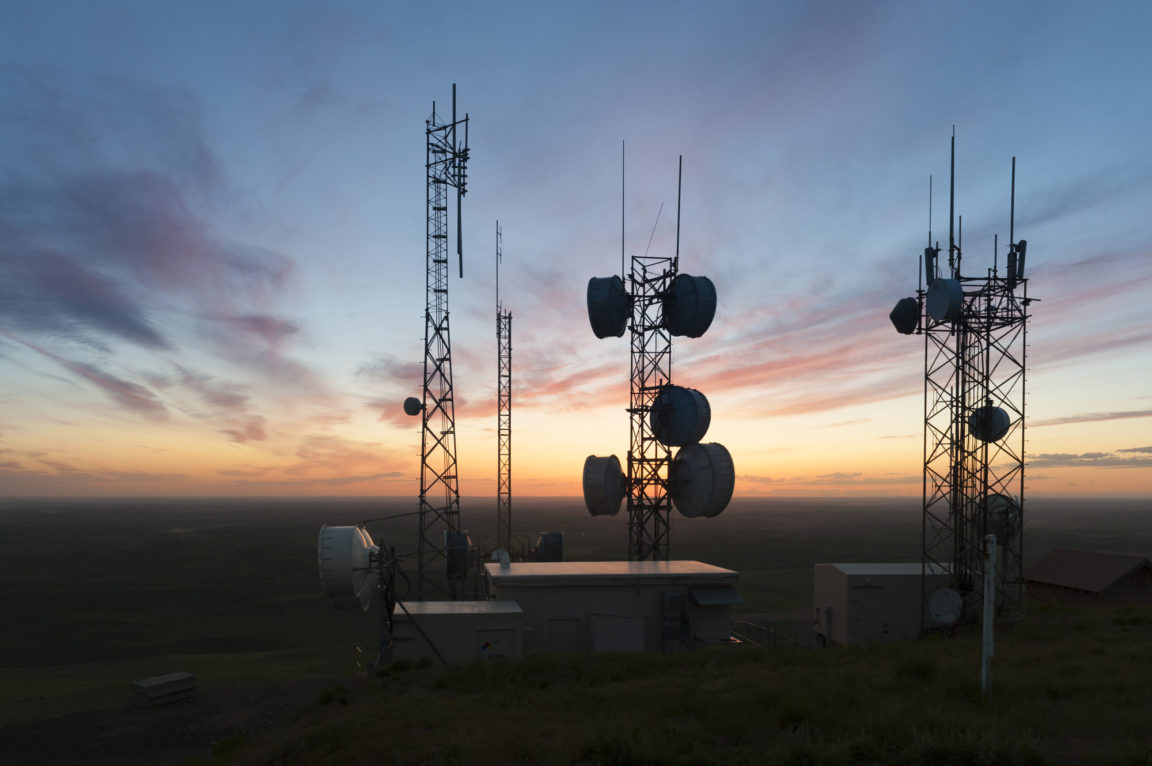How Much Does It Cost To Build A Cell Tower

The ubiquitous cell phone, a gateway to instant communication and boundless information, relies on a complex and often unseen infrastructure: the cell tower. These towering structures, bristling with antennas and electronic equipment, are the backbone of our mobile networks. But behind the seamless connectivity lies a significant financial investment, a cost that impacts everything from network expansion to consumer pricing.
The price of building a cell tower is far from a fixed number. Instead, it’s a complex equation influenced by various factors. Location, technology, and regulatory hurdles all contribute to a widely variable cost range. This article delves into the intricate economics of cell tower construction, examining the key cost drivers and exploring the implications for the future of wireless infrastructure.
The Nut Graf: A Breakdown of Costs
The cost to build a new cell tower can range dramatically, from $150,000 to well over $500,000, and even exceed $1 million in particularly challenging locations. This variability stems from a confluence of factors. These factors encompass site acquisition, construction materials, equipment installation, and ongoing operational expenses.
The following sections will dissect these cost drivers in detail. They will illuminate the complexities involved in bringing these essential pieces of infrastructure online.
Land Acquisition: Location, Location, Location
Securing a suitable location is often the first and most critical step in cell tower construction. Land acquisition costs can vary enormously depending on the area. Areas with high population density or difficult terrain command premium prices.
Urban areas, with their limited space and competitive real estate market, often present the greatest challenges. "The cost of leasing or purchasing land in a densely populated city can easily dwarf the construction costs themselves," explains a network engineer from a major telecommunications company, speaking on the condition of anonymity.
Rural areas may offer cheaper land but could necessitate significant infrastructure upgrades. These upgrades includes road construction or power line extensions to support the tower.
Construction and Materials: From Concrete to Steel
The physical construction of the tower itself represents a significant portion of the overall cost. This includes the foundation, the tower structure, and the surrounding fencing and security measures. The materials used, primarily steel and concrete, are subject to price fluctuations that can impact the project budget.
Tower height is a key determinant of cost, as taller towers require more materials and more robust engineering. The design also plays a crucial role, with specialized towers designed to withstand extreme weather conditions costing more to build.
Beyond the tower itself, additional site work such as grading and drainage can add to the expense. All of these expenses should be included in the project budget.
Equipment and Technology: The Heart of the Network
The cost of the radio equipment, antennas, and other technological components installed on the tower is a major driver of overall expenditure. This equipment enables the tower to transmit and receive cellular signals, connecting users to the network. Different generations of technology, such as 4G LTE and 5G, require different equipment with varying price points.
5G technology, with its increased bandwidth and faster speeds, typically requires more sophisticated and expensive equipment. The deployment of 5G also often necessitates the installation of small cells, which are smaller, lower-power cell towers designed to enhance coverage in dense urban areas. Small cells add another layer of cost to the overall infrastructure investment.
Furthermore, the equipment must be properly installed and configured, requiring specialized technicians and expertise. This also adds cost.
Permitting and Regulatory Compliance: Navigating the Red Tape
Navigating the complex web of permits and regulatory approvals can be a time-consuming and expensive process. Local, state, and federal regulations govern the construction and operation of cell towers. Each of these need to be in compliance.
Environmental impact assessments, zoning approvals, and compliance with Federal Aviation Administration (FAA) regulations all add to the cost. These regulatory hurdles can delay projects and increase expenses. In some cases, community opposition to cell tower construction can lead to protracted legal battles, further escalating costs.
Telecommunications companies often employ specialized consultants to navigate the permitting process. These consultants will ensure compliance and minimize delays. "The regulatory landscape is constantly evolving," says John Smith, a telecom consultant specializing in cell tower permitting. "Staying ahead of the curve is crucial for keeping projects on track and within budget."
Ongoing Operational Costs: Keeping the Network Alive
The costs associated with cell towers don't end with construction. Ongoing operational expenses, such as electricity, maintenance, and security, contribute to the total cost of ownership. Power consumption is a significant expense, as cell towers require a continuous supply of electricity to operate. Regular maintenance is also essential to ensure the tower and its equipment are functioning properly.
Security measures, such as fencing, surveillance cameras, and alarm systems, are necessary to protect the equipment from theft and vandalism. Lease payments for the land on which the tower is situated also represent a recurring expense.
All operational costs must be considered when evaluating the financial viability of a cell tower project.
The Future of Cell Tower Costs: Innovation and Optimization
The telecommunications industry is constantly seeking ways to reduce the cost of cell tower construction and operation. Innovations in tower design, such as the use of lighter materials and more efficient construction techniques, can help to lower costs.
The deployment of shared infrastructure, where multiple carriers utilize the same tower, can also reduce the overall investment required. The development of more energy-efficient equipment can help to lower operating expenses.
Furthermore, advancements in technology, such as artificial intelligence and machine learning, can be used to optimize network performance. These will reduce the need for additional infrastructure investments.
Conclusion: A Balancing Act
Building a cell tower is a costly and complex endeavor. It is an endeavor influenced by a wide range of factors. From land acquisition to equipment installation and regulatory compliance, each stage of the process contributes to the overall cost.
As demand for mobile data continues to grow, telecommunications companies face the challenge of expanding their networks. All of these expansions must be done in a cost-effective manner. Ongoing innovation and optimization efforts are essential to ensure that the benefits of mobile technology remain accessible and affordable for all.
The future of connectivity depends on striking a delicate balance. The balance is between investing in necessary infrastructure and managing costs effectively. It is a balance that will shape the landscape of our digital world for years to come.





